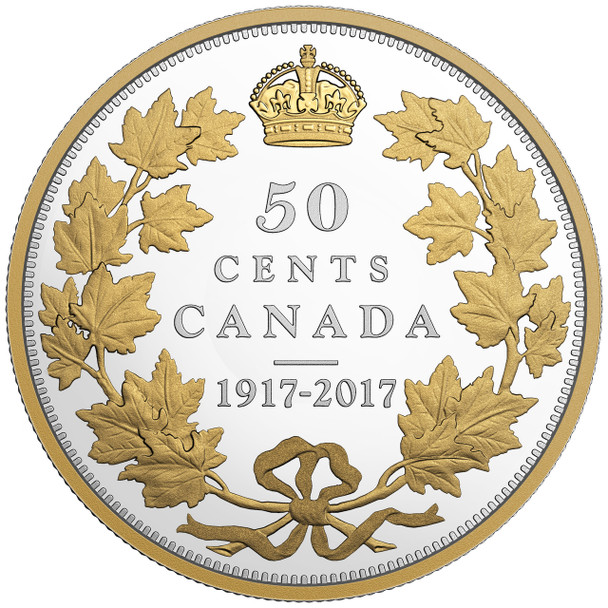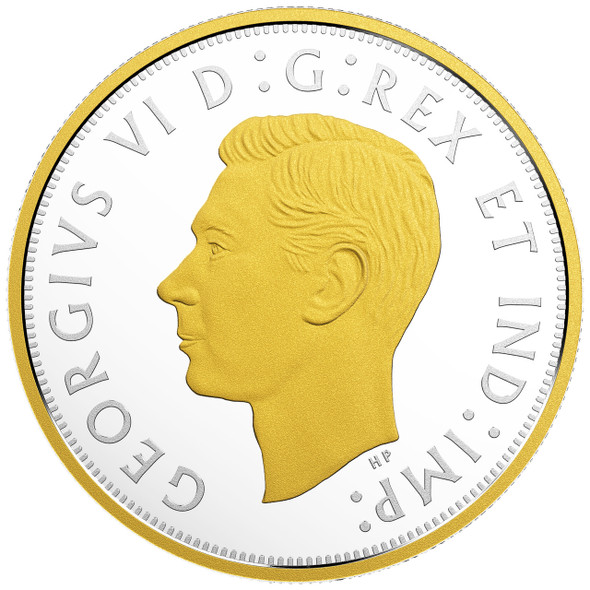Description
From that most Canadian emblem, the maple leaf, to the national arms, the changing appearance of Canada’s 50-cent circulation coin mirrors the evolution of a nation that is now celebrating its 150th anniversary. This exclusive coin offers a unique 100-year retrospective of Canada’s 50-cent circulation coin from 1917, featuring a design beautifully enhanced with selective gold plating.
PRODUCT SPECIFICATIONS
Composition: 99.99% pure silver
Mintage: 4,000
Weight (g)*: 62.69
Diameter (mm): 50
Face Value: 50 cents
Finish: Proof
Edge: Serrated
Packaging: Wood case with graphic beauty box
SPECIAL FEATURES
- This EXCLUSIVE coin is only available to members of the Masters Club.
- A collectible retrospective: This meticulously engraved coin revisits the reverse design that graced Canada’s 50-cent coin until 1936.
- An ENHANCED version of the original coin: At almost twice the size of the original 1917 issue, the coin is beautifully enhanced by selective gold plating on both the obverse and reverse.
- Beautifully crafted from 99.99% pure silver with a stunning proof finish.
- Your encapsulated coin is ready to be displayed in its limited-edition wooden case, and comes beautifully packaged in an attractive graphic beauty box.
- Mintage is limited to just 4,000 coins.
DESIGN
The reverse presents a meticulously engraved recreation of the crossed maple boughs original designed by L. C. Wyon and later modified by W. H. J. Blakemore, which appeared on Canada’s 50-cent coins before 1937. The boughs of 22 leaves and St. Edward’s Crown (the solid gold coronation crown) are all beautifully enhanced by the selective application of gold plating, which adds a sumptuous golden hue that stands out against the mirror background. Complete with its reeded edge, the reverse also recreates the engraved face value “50 CENTS” and the word “CANADA”, and features the commemorative dates “1917-2017” to honour the centennial of the 1917 issue. The selective gold plating continues on the obverse, which features the effigy of King George V by Sir E. B. MacKennal.













